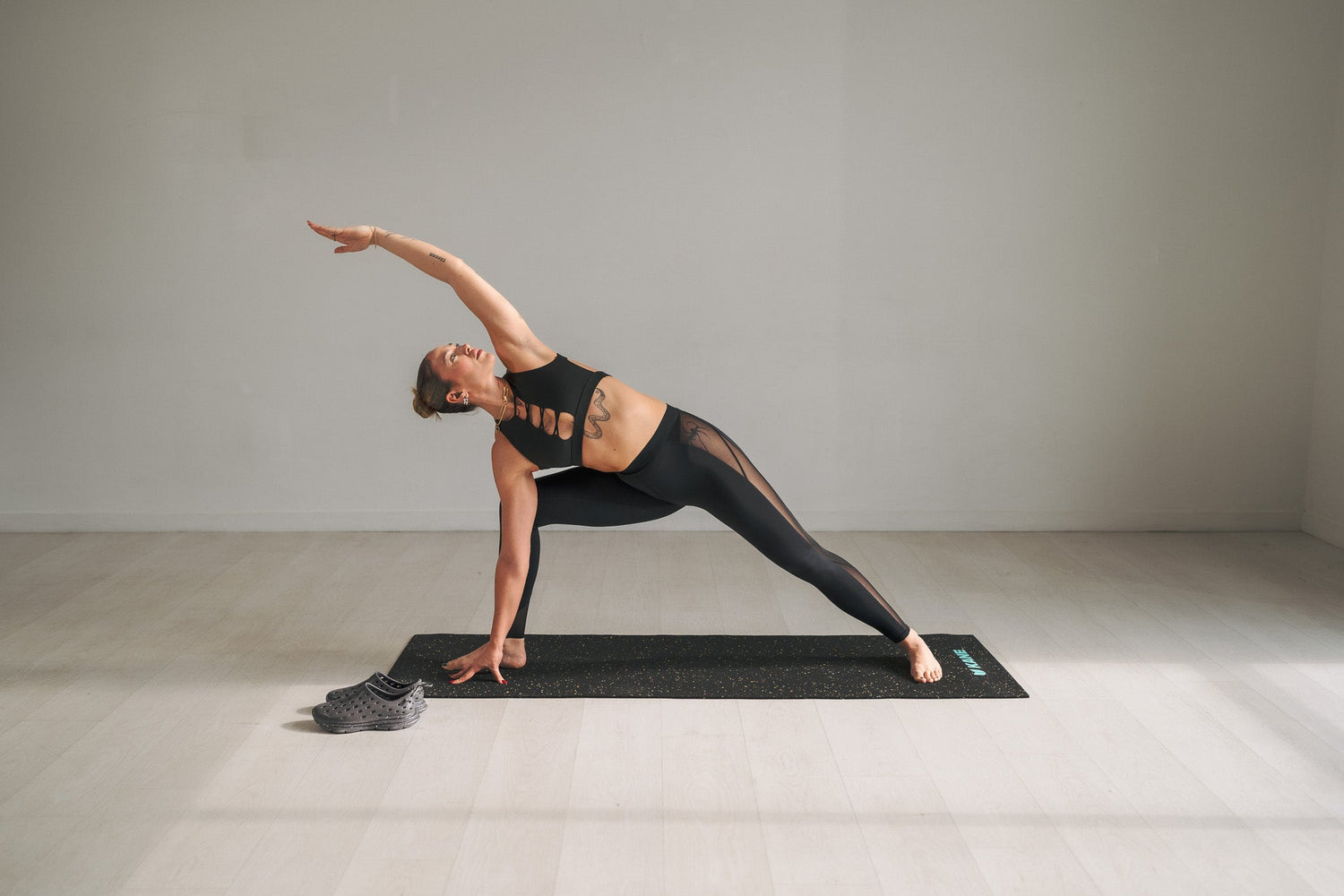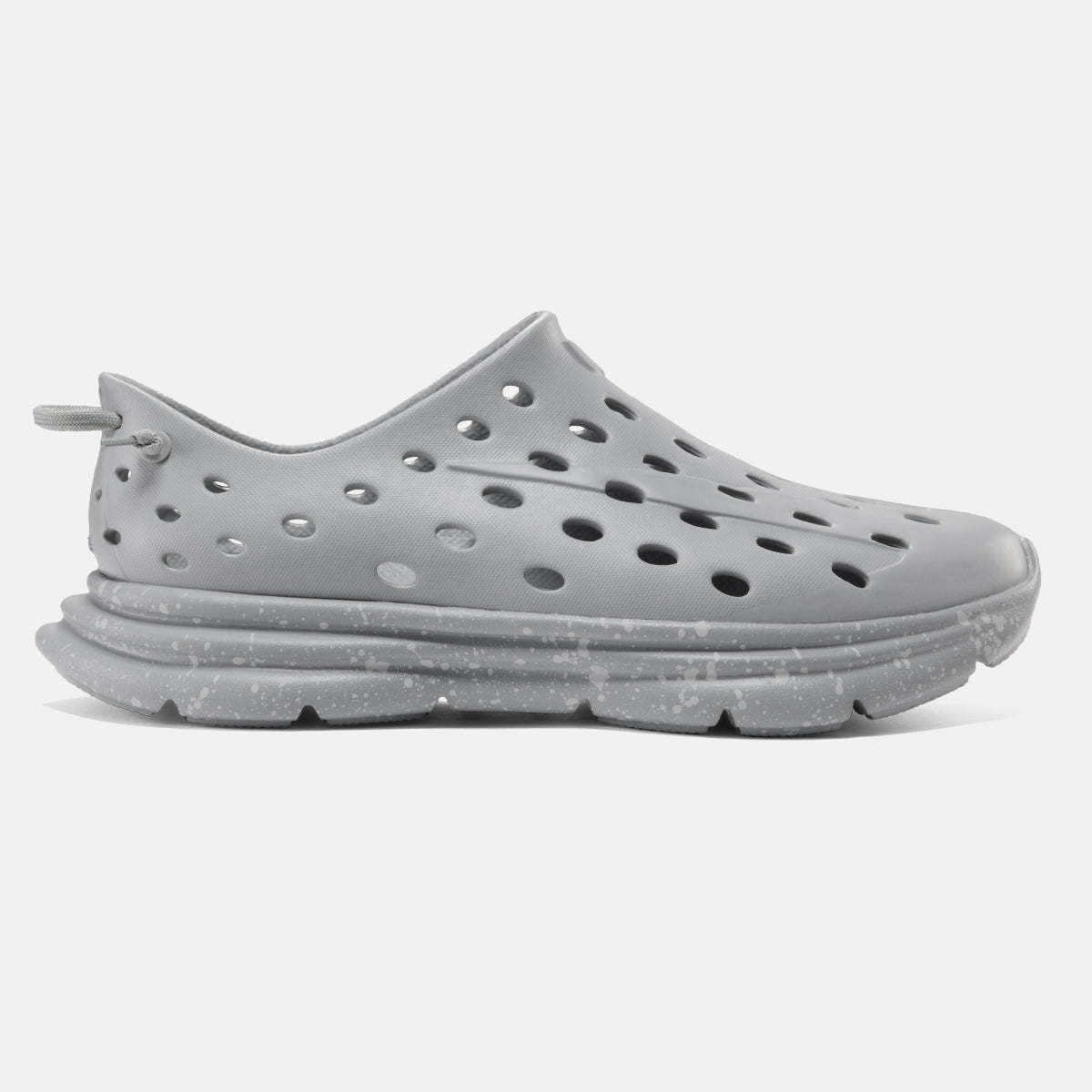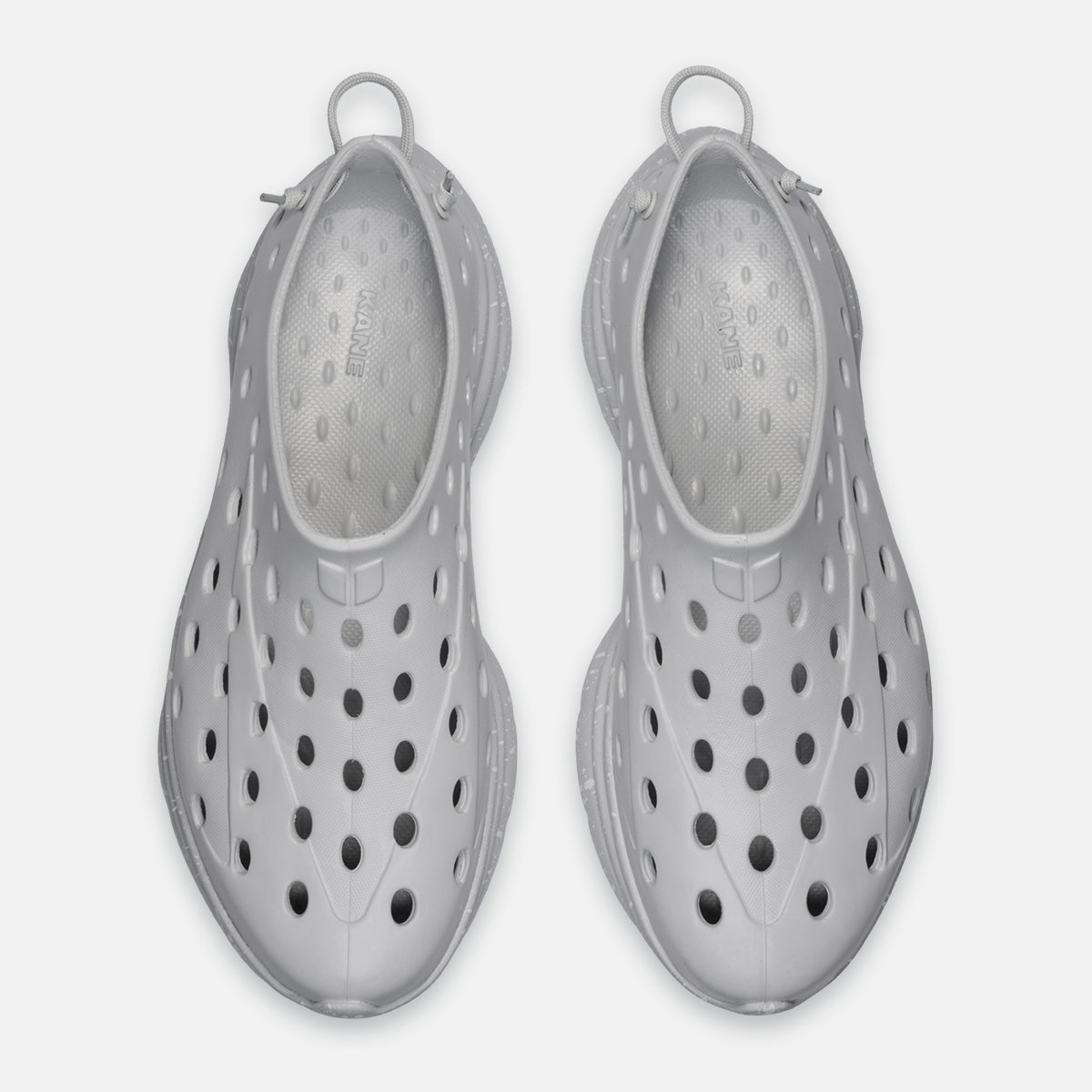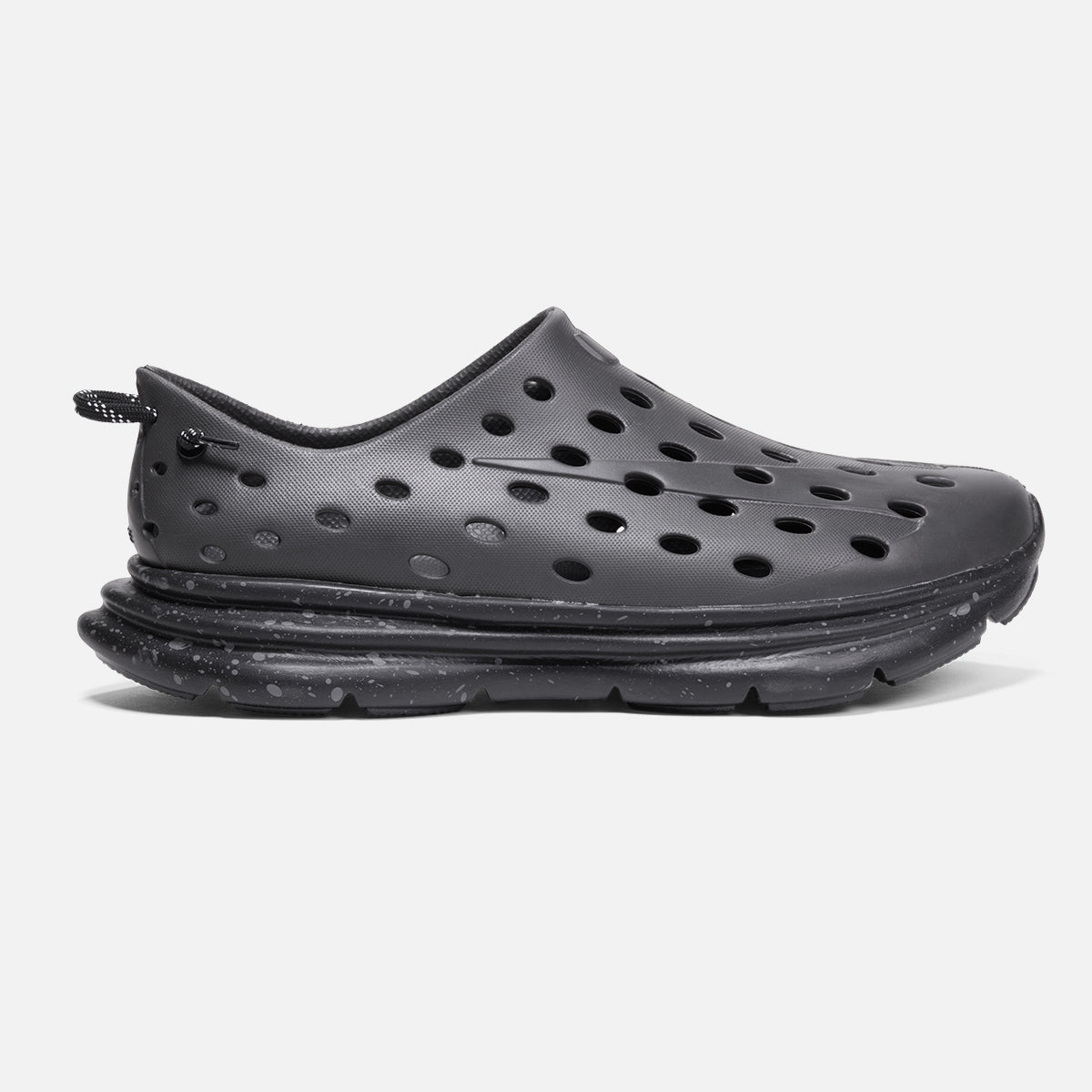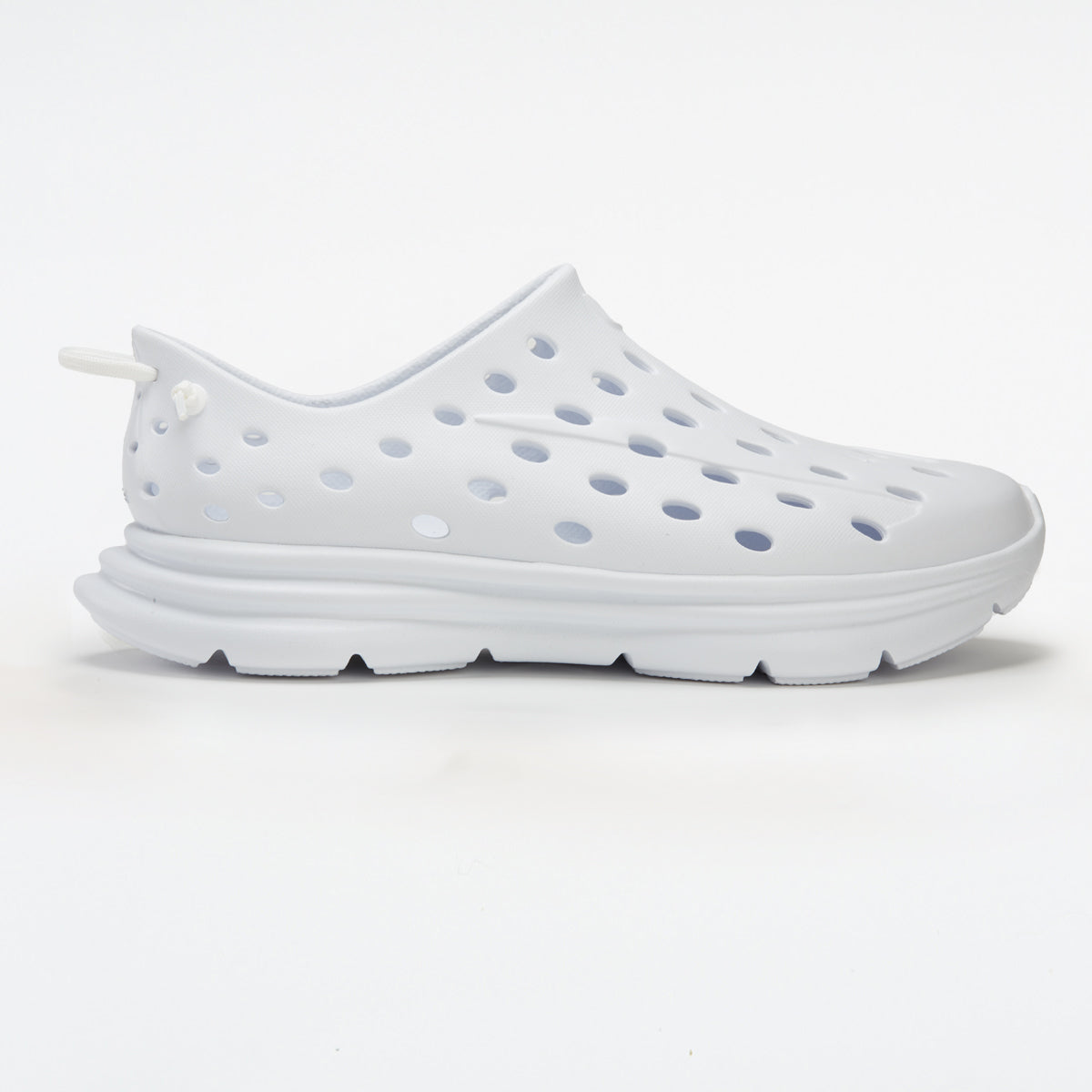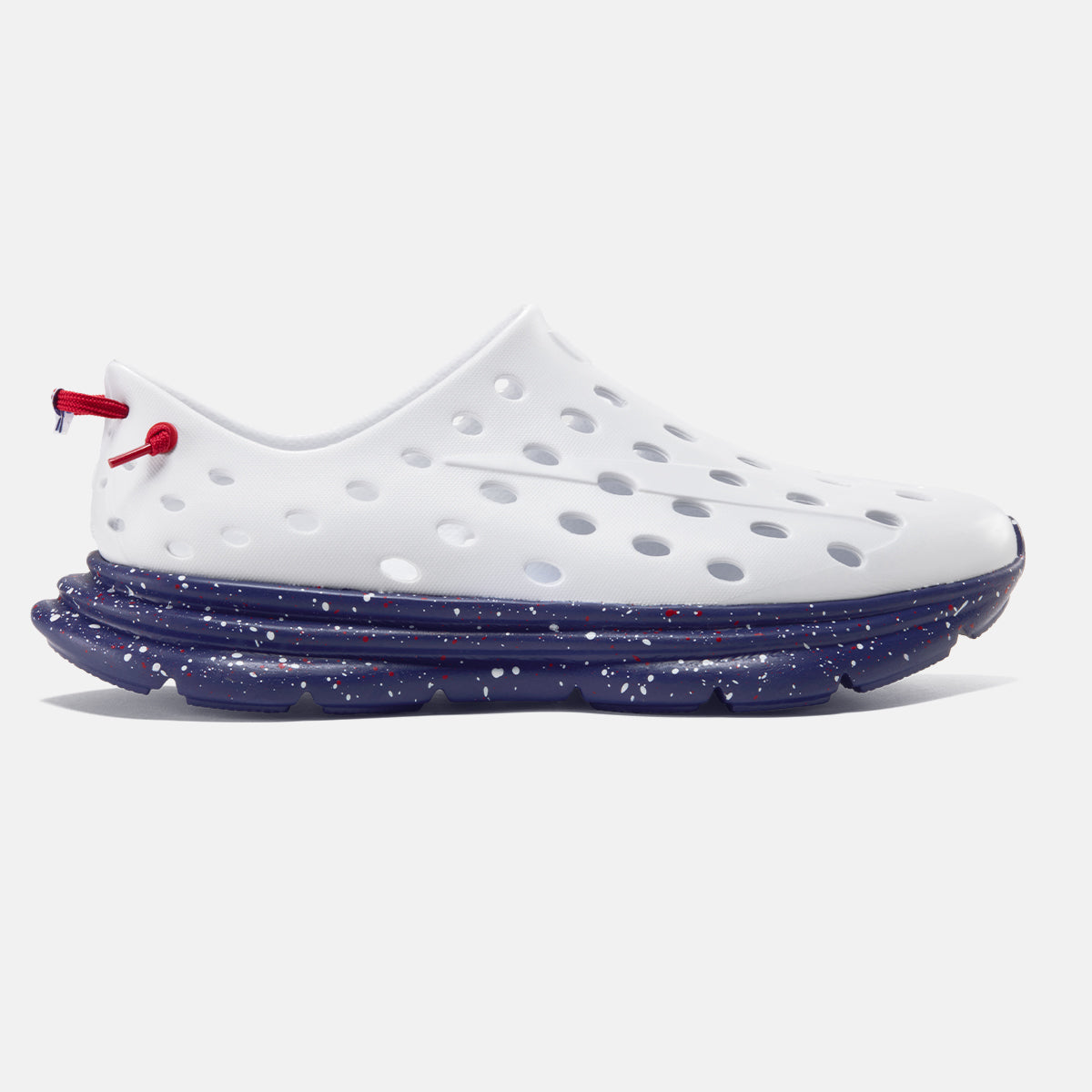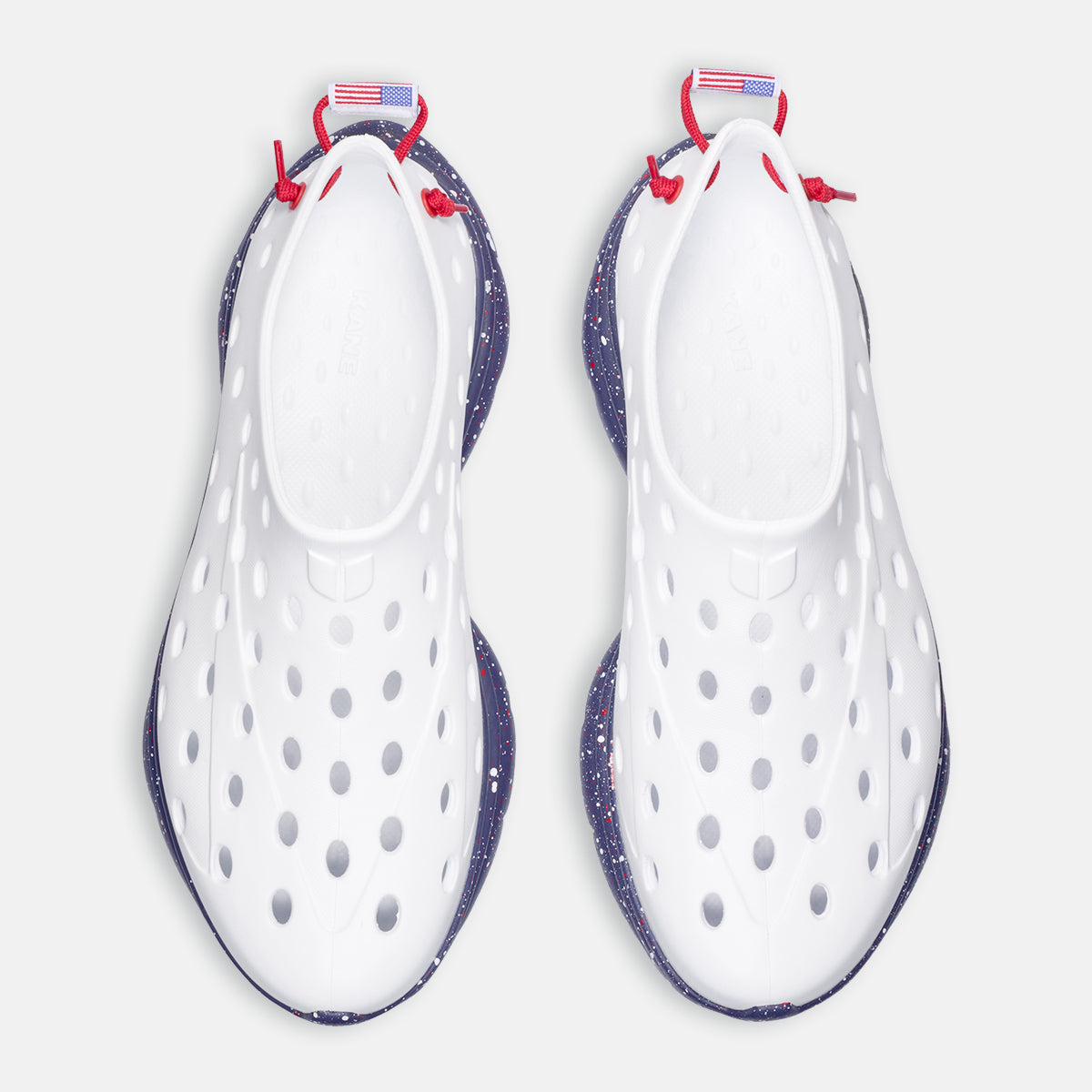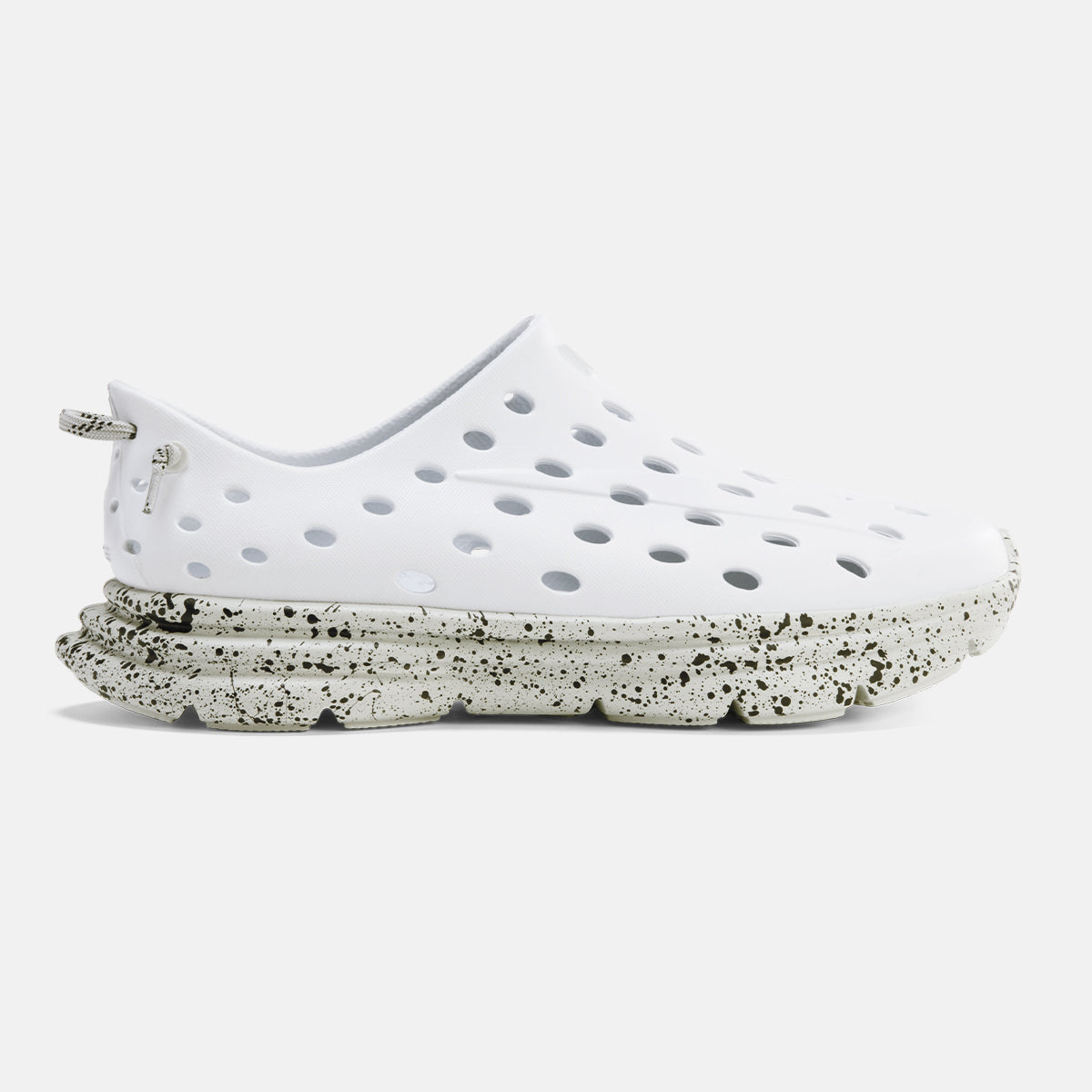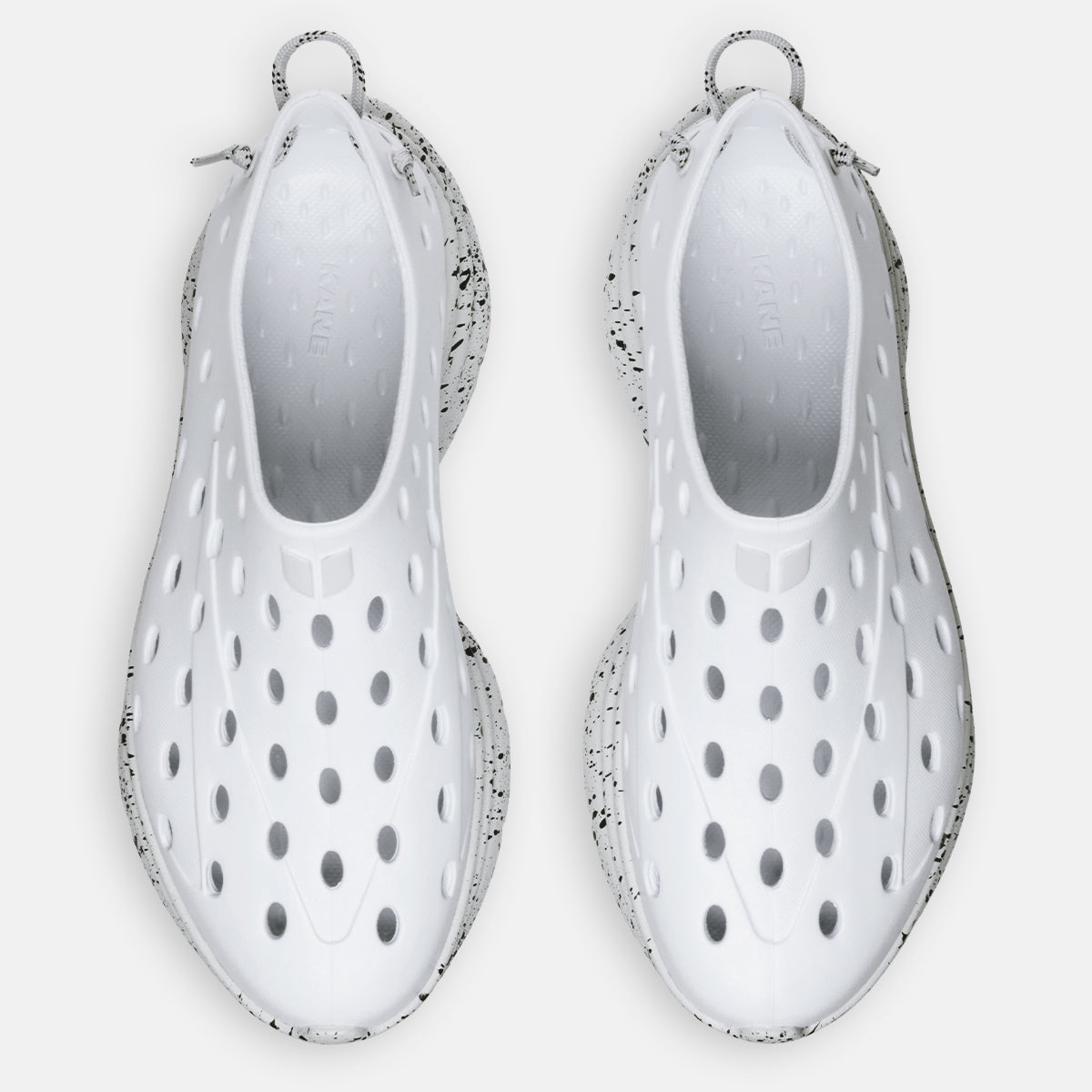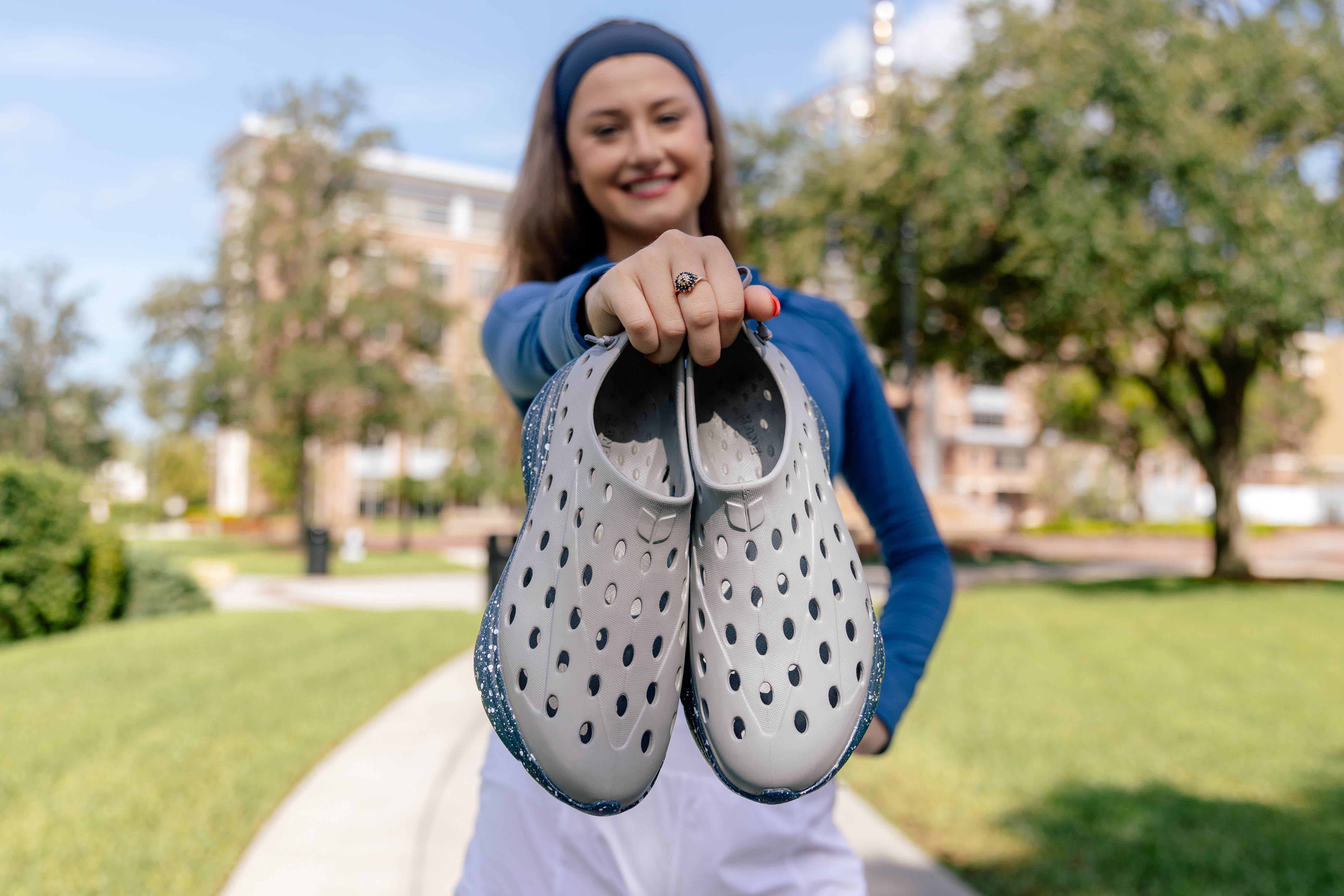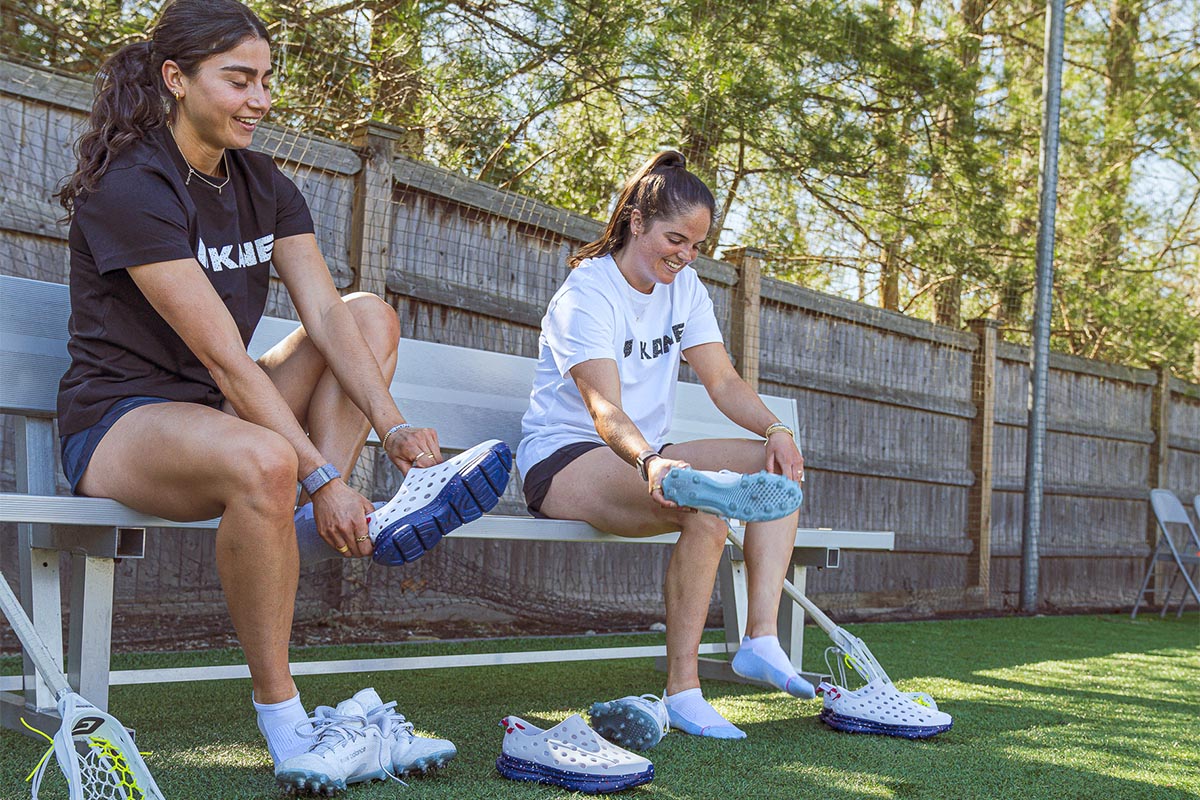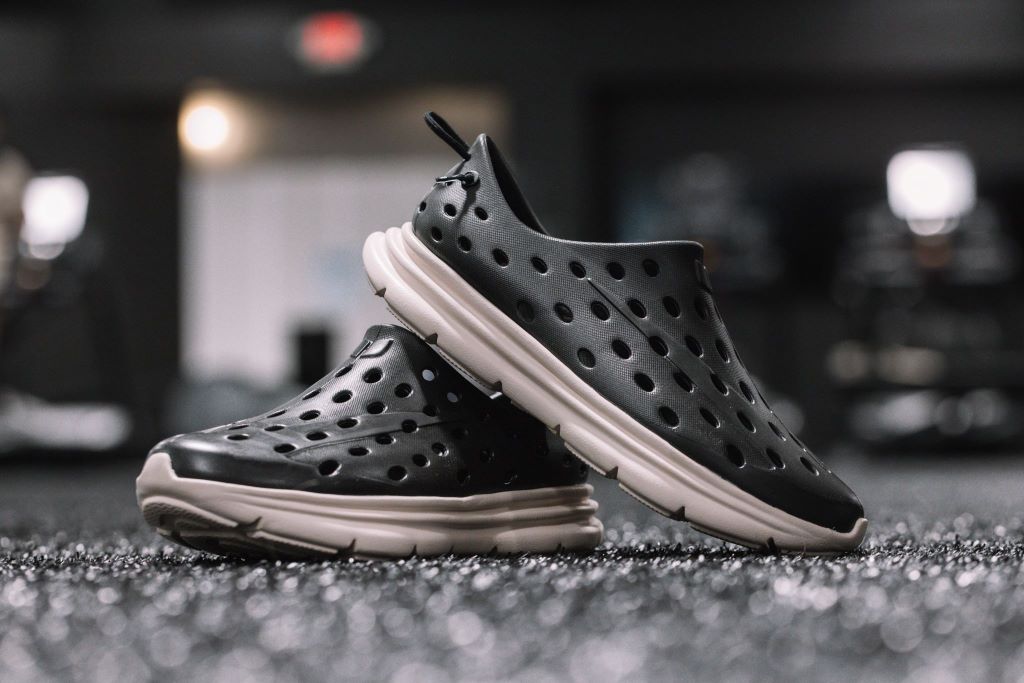Embarking on a fitness journey is not just about the sweat and effort you put into working out. It's equally crucial to consider what comes next. The period after your session is pivotal in maximizing your gains and promoting overall well-being.
In this blog post, we'll delve into 12 things you should never do after working out. From the importance of cooling down to healthy eating, each point can help ensure your post-fitness routine is as effective as your time in the gym.
What not to do after a workout
After a hard workout, it's essential to consider your body's needs to build muscle and feel your best. Here are 12 things you shouldn't do after working out:
1. Skip the cool down
Skipping a cool-down after workouts can lead to a sudden drop in blood pressure and blood pooling in the extremities, increasing the risk of dizziness or fainting. A proper cool-down helps gradually lower your pulse rate, prevent stiffness, and promote flexibility.
2. Neglect hydration
Dehydration can occur during an intense workout due to all that sweating. You may experience fatigue, dizziness, and decreased performance without proper rehydration. Replenishing fluids is crucial after a rigorous gym session.
3. Avoid a post-workout meal
After working out, your body needs nutrients to repair itself. Eating a balanced meal comprising protein, healthy fats, and carbohydrates (and avoiding sugary foods, saturated fats, fried foods, and trans fats) within a few hours following an exercise session can help the body recover by supporting muscle protein synthesis and glycogen restoration.
4. Overlook stretching
Stretching helps improve flexibility, reduce muscle tension, and prevent stiffness after all your hard work. Focusing on major muscle groups and holding stretches adequately after working out is essential.
5. Delay showering
Delaying a shower after sweating can lead to bacteria growth on the skin, potentially causing skin irritation, acne, or infections. Promptly showering helps maintain good hygiene and prevents skin issues.
6. Wear sweaty clothes
Staying in damp fitness clothes creates a favorable environment for bacteria and fungi, increasing the risk of skin irritation and unpleasant odors. Changing into dry, clean clothes promotes skin health and overall comfort.
7. Ignore your body's signals
Pain, dizziness, or extreme fatigue may indicate overtraining or an underlying issue. Ignoring these signals can lead to injuries or hinder long-term progress. Pay attention to your body and adjust the intensity or duration of your session accordingly.
8. Stay sedentary for long periods
Prolonged periods of inactivity after weight training or other exercise can contribute to stiffness and reduced flexibility. Light movement or stretching throughout the day promotes blood circulation and helps your body recover.
9. Consume excessive caffeine
While moderate caffeine intake can benefit performance, excessive consumption can lead to dehydration, disrupted sleep, and increased pulse rate. Balance your caffeine intake for best results after working out.
10. Overlook proper sleep
Quality sleep is essential for physical and mental recovery. Lack of sleep can impair immune function, increase stress hormones, and hinder repair of muscle cells. Prioritize adequate sleep to feel good and perform at your best.
11. Neglect sun protection
Exposure to UV rays without protection can lead to sunburn, skin damage, and an increased risk of skin cancer. Applying sunscreen after a workout, especially outdoors, helps protect your skin and supports long-term health.
12. Engage in intense activities
Performing high-intensity activities immediately after a strenuous workout can increase the risk of injury, as your muscles and joints need time to recover. Engage in light activities like walking or stretching to maximize your recovery time without excessive strain.
Adopting these post-workout practices ensures a holistic approach to recovery, supporting your body and promoting overall well-being.
7 foods to avoid post-workout
After a workout, it's best to avoid certain foods that may hinder your ability to recover and achieve your overall fitness goals. Here are some foods to watch out for:
- Caffeine: While caffeine can be beneficial before a workout, avoid caffeinated beverages like coffee immediately after exercising, as they can dehydrate the body.
- Fried foods: Deep-fried fast foods should be avoided after a workout due to their high fat content, which can slow down the digestive system and leave you feeling sluggish instead of energized.
- Processed energy bars: Ultra-processed energy bars with artificial sweeteners, refined sugar, or high levels of natural sugar should be avoided. Opt for whole foods like fruits and nuts instead.
- Low-carb meals: Avoid low-carb meals after a workout, as they may not provide enough energy. Eat balanced meals containing carbs, proteins, and fats instead.
- Salty, processed foods: Instead of reaching for processed, salty snacks like potato chips or pretzels, prioritize nutritionally dense foods to recharge essential nutrients lost during exercise.
- Sports drinks: While sports drinks are marketed for hydration and electrolyte replenishment, opt for alternatives like filtered water, raw coconut water, or smoothies without added sugars to avoid unnecessary calories and artificial ingredients.
- Sugary shakes: Be cautious with sugar-laden powders or artificially sweetened shakes that may contain fillers and chemicals. Choose natural sources of protein and carbs for a nourishing post-workout snack.
Fuelling yourself after a workout
Refuelling your body with the proper nutrients after intense exercise is vital. Now that you know which foods to avoid, here are six key points to keep in mind when considering what to eat after a gym session:
- Protein: Consuming protein is essential for muscle repair and growth. Opt for lean proteins like chicken, fish, eggs, Greek yogurt, or protein powder.
- Carbohydrates: Replenishing glycogen stores by consuming carbohydrates is essential for restoring energy. Choose carbs like sweet potatoes, fruits, quinoa, and grains to regulate blood sugar and promote glycogen synthesis.
- Healthy fats: Including small amounts in your post-workout meal can help you feel satisfied. Good sources of healthy fats include avocados, nuts, seeds, and fish.
- Hydration: Staying hydrated before and after exercise is crucial. Replenish lost fluids by drinking plenty of water.
- Meal timing: Aim to eat your post-workout meal within a few hours of exercising. Consuming a combination of carbs and protein soon after working out enhances muscle protein synthesis and glycogen storage.
- Post-sweat session snack ideas: Consider snacks like smoothies with Greek yogurt or nut butter, skinless chicken breast with brown rice, peanut butter on whole grain toast, or turkey wraps with veggies.
Frequently asked questions
What shouldn't I do post-workout?
After working out, there are certain things you should avoid to prevent injury and keep you feeling your best. Here are some key don'ts to keep in mind when planning your routine.
- Don't miss the cool-down: Not skipping the cool-down phase after working out is essential. Cooling down lets your heart rate gradually return to normal and helps prevent soreness, stress, and injury.
- Don't forget to hydrate: Drink plenty of water. Replenishing electrolytes and fluids lost is crucial for flexibility and strength and prevents soreness. Drinking at least 16 ounces of water or another healthful beverage is recommended and can significantly impact how you feel after a fitness session.
- Don't bypass stretching: It's important to stretch after working out while your body is still warm. It helps relieve tension, enhance flexibility, prevent soreness, and improve mobility and posture.
- Don't overlook protein: Protein helps muscle growth by providing amino acids necessary for repair and growth. Include protein-rich foods like milk, yogurt, eggs, lean meats, fish, nuts and seeds or a protein shake in your post-workout meal.
Following a routine that includes time to stretch and cool down and factors in hydration and protein intake can reduce soreness and optimize the benefits of your sweat session, whether you're trying to lose weight, maintain, or optimize your ability to build muscle mass.
What is the best thing to do after exercise to help the recovery process?
After a tough workout, it's best to engage in activities that support your body's recuperation. Make your next meal count. Eat a balanced meal or snack with protein and carbohydrates within the first hour. Replenish fluids lost during working out by staying hydrated.
Engage in a cooldown routine to gradually lower your heart rate and prevent stiffness. Get adequate sleep to help your body recover. And, crucially, listen to your body and adjust the intensity or duration of your fitness program if needed.
Can you sit immediately after a workout?
Sitting down immediately after working out is generally not recommended, especially when your heart rate is still elevated. Instead, incorporate a brief cooldown routine first.
Taking a few minutes for light aerobic exercises, such as walking or slow jogging, and performing static stretches can help cool down your body and improve flexibility.
However, listening to your body is essential. If you feel lightheaded or dizzy after a workout, consider sitting or lying down briefly until you feel stable. Remember that individual fitness levels and health conditions vary, so it's crucial to tailor your post-workout routine to your specific needs and preferences.
Is it bad to rest immediately after working out?
After a workout, consider these alternatives to immediately sitting down:
- Stretch: Taking the time to stretch improves flexibility, reduces stiffness, and prevents injuries.
- Foam rolling: Using a foam roller after your workout can help release tension, improve circulation, and reduce muscle soreness.
- Eat a balanced snack: Eating a snack containing carbohydrates, fat, and protein after your workout can help replenish glycogen stores and support muscle repair and growth. (Focus on whole foods to get enough calories to keep your energy levels up.)
- Standing desk: Consider using a standing desk instead of sitting for prolonged periods after a workout. Standing desks promote movement, engage more muscles, and reduce the adverse health effects of prolonged sitting.
- Stability ball: Sitting on a stability ball instead of a chair promotes movement and engages core muscles. It encourages active sitting, which can help prevent stiffness and improve posture.
- Adjustable desk: An adjustable workstation that allows you to alternate between sitting and standing positions can support better ergonomics and reduce the strain on your body from prolonged sitting or standing.
- Under-desk fitness equipment: Under-desk stair-steppers, cycles, or elliptical machines can help you stay active while working or sitting, promoting movement throughout the day.
How much water should I drink after working out?
Fitness experts recommend drinking 16 to 24 ounces (500 to 750 milliliters) of water for every pound (0.45 kilograms) of body weight lost. This helps replenish fluids and ensures proper hydration.
Hydration needs may vary based on factors like sweat rate, exercise intensity, and climate. Listen to your body, and include electrolytes if the workout is intense or prolonged, especially in hot conditions (like hot yoga).
Should I wear recovery shoes after working out?
Recovery shoes can be beneficial after a workout, especially for relieving foot fatigue and promoting overall foot health. These shoes offer increased arch support, cushioning, and more comfortable fabrics than regular shoes. While recovery footwear is commonly associated with post-workout wear, it can also benefit individuals who walk a lot or spend extended periods on their feet throughout the day.
Discover Kane Recovery Shoes!
Kane’s recovery shoes provide excellent support, comfort, and durability for those in need of top-notch recuperative footwear. Featuring an adjustable hook-and-loop single strap synthetic upper, plush TPR footbed, as well as a durable injected EVA outsole, these kicks come with all the right features to assist you during your rehabilitation journey.
Aside from providing quality products, they are also committed to sustainability, having made plans to become a B Corp while dedicating 1% of their overall profits towards environmental charities.
When and how to wear Kane Revive
The best moment to wear most recovery shoes is directly after a strenuous activity such as running or exercising. This helps minimize inflammation and launch the healing process. To guarantee maximum comfort and effective recuperation, make sure that you are wearing your footwear correctly by tying up laces securely for a snug fit around your feet.



































